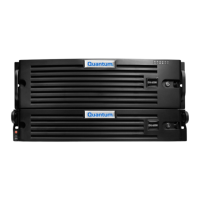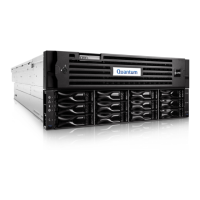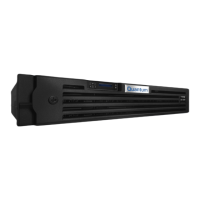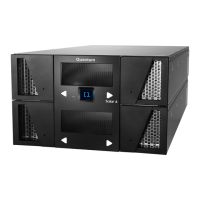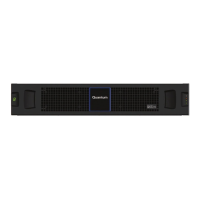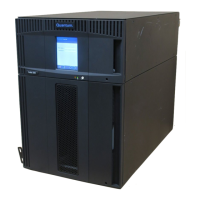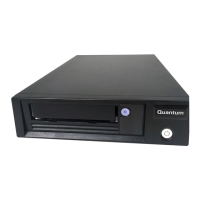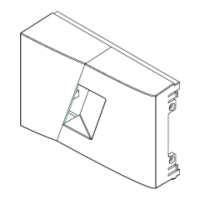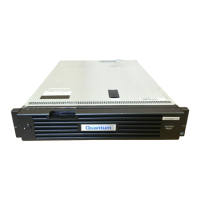Chapter 6: Replication
Replication Send
Quantum DXi4700 User’s Guide 133
other DXi systems.
Note: To be eligible for replication, a share or partition must have data deduplication enabled at the
time it is created.
To enable or disable replication for a share or partition:
1. Select the share or partition and click Configure.
The Share or Partition Configure window displays (see Figure 84 below).
Figure 84: Share or Partition Configure Window
2. Select the Enable Replication check box to enable replication for the share or partition.
3. Or clear the Enable Replication check box to disable replication for the share or partition. Any jobs
from that share or partition that are in progress or queued will transition to failure. Also, all replication job
history for that combination of target and share or partition will be removed.
4. Select the check box for each replication target you want to replicate the share or partition to. (You must
select at least one target.) When the share or partition is replicated, its data will be sent to all selected
targets.
5. Click Apply.
Additional Information
l Quantum recommends scheduling replication to run after backups are complete (see Scheduling a
Share or Partition For Replication on page 137). If you do not enable scheduled replication, replication
will only occur if you manually replicate a share or partition (see Replicating a Share or Partition on
page 135) or if you configure Directory/File Based Replication (see Configuring Directory/File or
Cartridge Based Replication on the next page).
l Disabling replication for a share or partition does not delete any scheduled replication events for that
share or partition. If you no longer want to schedule the share or partition for replication, manually
delete the schedule (see Deleting a Scheduled Event).
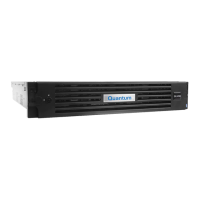
